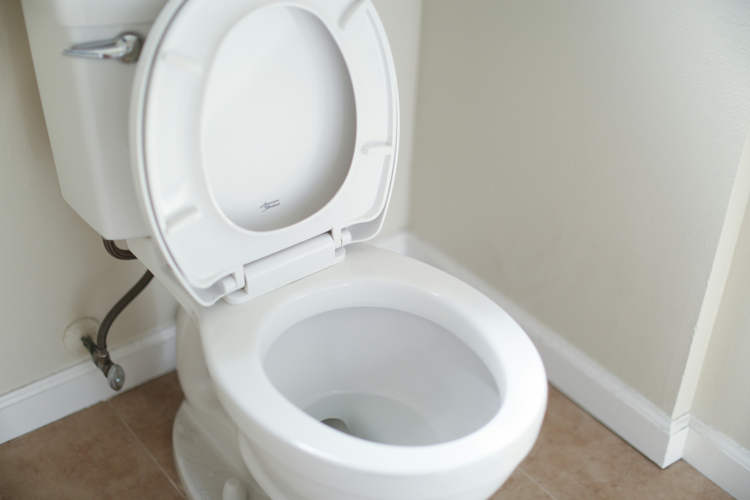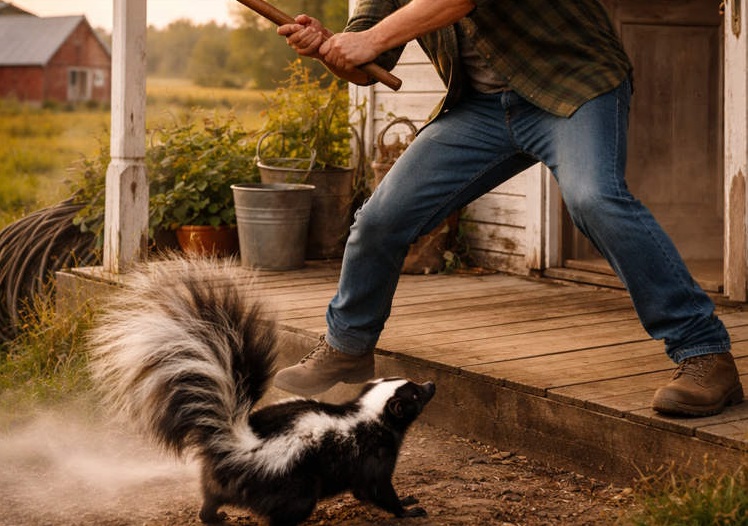Watching paint dry sounds like the most boring job in the world. But it’s actually a lot more fascinating than you’d think. For the past four years, Dr. Thomas Curwen has been working for the international paint company Dulux, watching paint dry. And the kind of stuff he looks at on a daily basis is really quite mind-blowing.
34-year-old Curwen is a research scientist from Twyford, Berkshire. His full time job involves carefully observing the changing colors and particles of paint as it dries – both on walls as well as under a microscope. It’s a pretty important job, because it ensures that the paints are durable and do not fall off at the slightest touch.
“At Dulux, we’re passionate about delivering high quality paint to our consumers,” he said. And that means we spend a lot of time using microscopes to watch paint dry, so that we can develop a better understanding of how to form the most durable films.” What Curwen essentially does is combine a fundamental understanding of paint film formation along with polymer technology to deliver paint films with excellent durability, as if they’re protected by an invisible barrier.
Photo: Jerome Trinona
“Just imagine how drab our lives would be without vibrant color,” Curwen pointed out. “Ensuring paints are the brightest and most durable they can help make people happier in their houses, offices or just out and about. I ensure we have always have the best product and – although it seems insignificant – paint plays a major role in affecting our emotions.”
“When I tell people what I do, they take the mickey out of me,” Curwen said. “I’m always getting told, ‘That must be the most boring job in the world.’ People think I stare at walls, constantly checking my watch to time how long it takes – if that was the case I would be bored out of my mind.”
In reality, the particles of paint come alive under Curwen’s watchful gaze. All the interesting processes happening on a microscopic scale are revealed to him, and he’s lost in a seemingly miraculous world. “You see so much rich detail when you zoom in, when you get really close the pictures can look like something from out of space.” Some people think his job is easy, but that’s not true either. “It can be really straining,” he said.
Photo: YouTube caption
Curwen explained that a liter of paint consists of a million billion tiny particles, which is more than the number of stars in the Milky Way. Some of the largest particles have similar dimensions to the human hair, while others are about a hundred times smaller. “To understand how quickly and well the paints dry, we have to magnify the images as much as 25,000 times.”
“If we dilute a sample of paint under water and put a drop under the light microscope, we get a real sense of the chaotic nature of the system. We can see the unimaginably large number of particles of all different shapes and sizes as they’re buffeted around by a range of competing forces,” said Curwen.
As the film dries, and the water evaporates, Curwen says that it loses about half of its volume. To form a durable film, a thorough understanding is required of how the pigment particles are packed as the water evaporates. If the process isn’t understood properly, the stresses that can develop in the film could leave it weak or even tear it apart as it dries. Curwen also uses an electron microscope to observe in greater detail how the different particles pack around one another, and how the invisible glue – the polymer – holds the particles in the paint film together.
A series of three images help Curwen study the paint film at different magnifications. The first one – about 100 times magnification – gives a rough sense of the cross section of the film. The next one – zoomed in 5,000 times – gives a much better idea of the range of different sized particles that are packed together to form the film. The final image – zoomed in to 25,000 times – reveals the particles as well as the thin layer of polymer that binds the particles together.
According to Curwen, the role that paint plays in our lives is more important than we realize. In fact, when he moved into his new house a few months ago, the first thing he did was paint it. “We just had to get rid of that old wallpaper – it was dreadful!” he said.
Source: Business Standard















